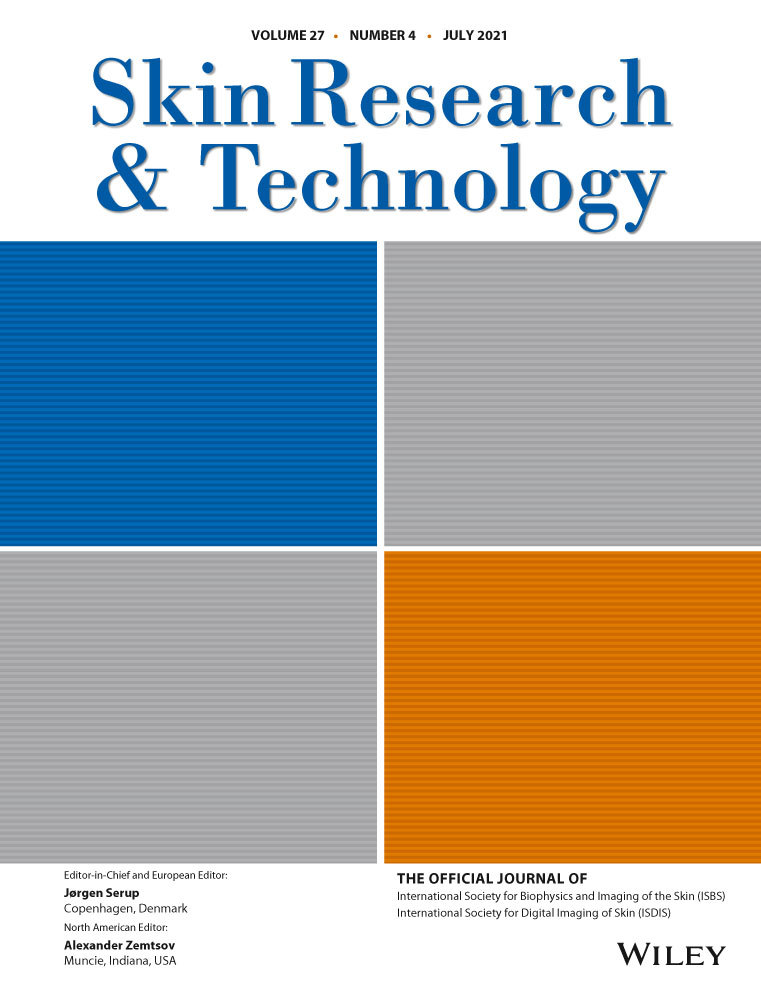Polyoxyethylene/polyoxypropylene dimethyl ether (EPDME) random copolymer improves lipid structural ordering in stratum corneum of an epidermal-equivalent model as seen by two-photon microscopy
This work was supported by JST CREST Grant Number JPMJCR15D2.
Abstract
Background/Purpose
Topical application of polyoxyethylene/polyoxypropylene dimethyl ether (EPDME) random copolymer improves the barrier function of skin, whereas polyethylene glycol (PEG) and polypropylene glycol (PPG) are ineffective. The aim of this work was to examine the interaction between these polymers and lipid molecules in the stratum corneum in order to establish whether EPDME-specific changes in the structural ordering of lipids might account for the improvement of barrier function.
Methods
We used two-photon microscopy to evaluate the effects of EPDME, PEG, and PPG on the structural ordering of lipids in an epidermal-equivalent model in terms of the fluorescence changes of Laurdan, a fluorescent dye that responds to changes of membrane fluidity. The generalized polarization (GP) value, a parameter that reflects lipid ordering, was measured at various depths from the surface of the stratum corneum.
Results
EPDME increased the GP value to a depth of about 3 µm from the surface, indicating that lipid ordering was increased in this region, while PEG and PPG of the same molecular weight had no effect. Diffusion of Lucifer yellow into the epidermis was reduced after application of EPDME, indicating that the barrier function was improved.
Conclusion
These results support the view that EPDME improves barrier function by increasing the ordering of lipid structures in the stratum corneum. The methodology described here could be useful for screening new compounds that would improve the structural ordering of lipids.
CONFLICTS OF INTEREST
The authors declare that they have no conflict of interest.
Open Research
DATA AVAILABILITY STATEMENT
The data that support the findings of this study are available from the corresponding author upon reasonable request.




